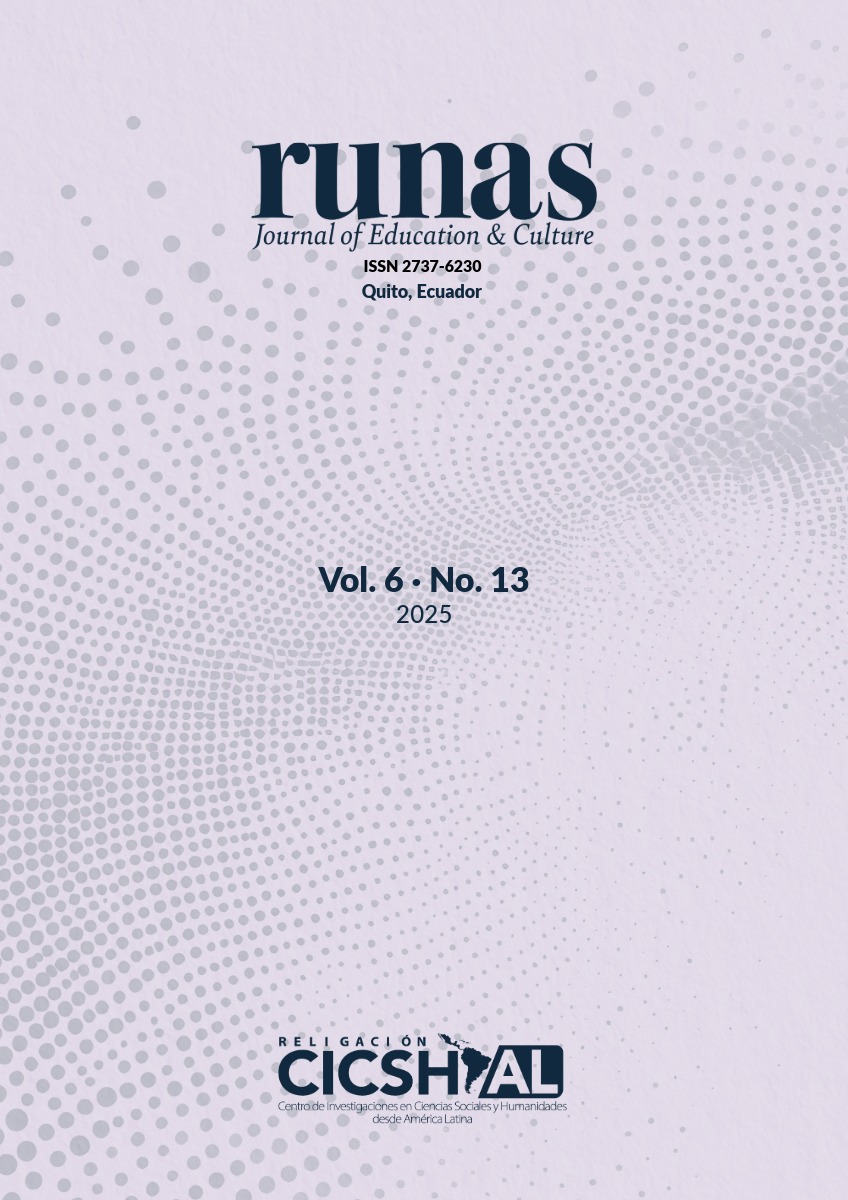Abstract
In a stimulus-saturated and highly competitive global tourism environment, understanding how destination brands impact travelers becomes essential for differentiating and positioning emerging territories. This study addresses this issue by applying neuromarketing tools to analyze the effectiveness of the Riobamba (Ecuador) destination brand, with an emphasis on its physical and digital promotional stimuli. The central objective is to evaluate the brand's neurocognitive performance in terms of attention, emotion, and memory, using a quantitative approach with an exploratory experimental design. A multimodal protocol was implemented with neurophysiological measurements (high-density EEG), oculometric measurements (precision eye tracking), and behavioral tasks (affective priming, implicit memory tests, and semantic scales), applied to a sample of 50 tourists. The stimuli were presented under controlled conditions to capture attentional (P1), affective (prefrontal gamma power), and memory (P300, theta-gamma synchronization) correlates. The results reveal significant deficiencies in attentional and emotional activation in response to brand stimuli. The Riobamba logo generated low levels of eye fixation (TTFF = 4.2 s) and reduced P1 component amplitudes (1.8 ?V), while emotional activation was insufficient (z = -1.24). Furthermore, brand recognition was below chance (d' = -0.31), indicating weak memory encoding. It is concluded that the Riobamba destination brand does not meet the minimum neurocognitive thresholds for effective positioning, and its redesign is recommended based on applied neuroscientific evidence.
References
Amara, D. F. (2023). Exploring the Impact of Neuromarketing Exposure and Content on tourists’ Emotional Response Leading to Destination Marketing Attention. Journal of Tourism, Hotels and Heritage, 6(1), 19-30.
Costa-Feito, A., González-Fernández, A. M., Rodríguez-Santos, C., & Cervantes-Blanco, M. (2023). Electroencephalography in consumer behaviour and marketing: a science mapping approach. Humanities and Social Sciences Communications, 10(1), 1-13.
Deng, W., Lin, Y., & Chen, L. (2021). Exploring destination choice intention by using the tourism photographic: From the perspectives of visual esthetic processing. Frontiers in Psychology, 12.
Diotto, M. (2024). Neuromarketing: Las herramientas y técnicas de una estrategia de marketing eficaz para creativos y especialistas en marketing. Hoepli Editore.
Dolnicar, S., & Ring, A. (2024). Tourism marketing research: Past, present, and future. Journal of Travel Research, 63(1), 12-27.
Huang, R. Y., Chang, W. J., & Chang, C. Y. (2021). Destination image analysis and its strategic implications: A literature review from 1990 to 2019. Int. J. Tour. Hosp. Rev, 8, 30-50.
Hudson, S., & Hudson, L. (2023). Marketing for tourism, hospitality & events: a global & digital approach. Sage Publications Limited.
Knutson, B., et al. (2021). Neural predictors of purchases. Neuron, 53(1), 147-156
Lei, M., Chen, W., Wu, J., Zhang, Y., & Lv, Y. (2024). Neurophysiological measures in hospitality and tourism: Review, critique, and research agenda. Journal of Hospitality & Tourism Research, 48(1), 3-31.
Moutinho, L., & Cerf, M. (2024). The Future of Neuroscience and Biometrics in Business. Biometrics and Neuroscience Research in Business and Management: Advances and Applications, 333.
Peker, S., Menekse Dalveren, G. G., & ?nal, Y. (2021). The effects of the content elements of online banner ads on visual attention: evidence from an-eye-tracking study. Future Internet, 13(1).
Pieters, R., & Wedel, M. (2007a). Informativeness of eye movements for visual marketing. In P. Wedel, & R. Pieters, (eds.). Visual marketing: From attention to action (pp. 43–71). Erlbaum.
Pieters, R., & Wedel, M. (2007b). Goal control of attention to advertising: The yarbus implication. Journal of Consumer Research, 34, 224–233.
Pike, S., & Ryan, C. (2004). Destination positioning analysis through a comparison of cognitive, affective, and conative perceptions. Journal of travel research, 42(4), 333-342.
Plassmann, H., Ramsøy, T. Z., & Milosavljevic, M. (2012). Branding the brain: A critical review and outlook. Journal of consumer psychology, 22(1), 18-36.
Ramsøy, T. (2019). A foundation for consumer neuroscience and neuromarketing. J. Advert. Res. Work, 1-32.
Shahzad, M. F., Yuan, J., Arif, F., & Waheed, A. (2024). Inside out. Social media videos and destination branding. Neuromarketing using EEG technique. Journal of Islamic Marketing, 15(3), 886-918.
Vecchiato, G., Maglione, A. G., Cherubino, P., Wasikowska, B., Wawrzyniak, A., Latuszynska, A., & Babiloni, F. (2014). Neurophysiological tools to investigate consumer’s gender differences during the observation of TV commercials. Computational and mathematical methods in medicine, (1).
Wedel, M., & Pieters, R. (2000). Eye fixations on advertisements and memory for brands: A model and findings. Marketing Science, 19, 297–312.
Wedel, M., & Pieters, R. (2008). Eye tracking for visual marketing. Foundations and Trends® in Marketing, 1(4), 231-320.
Wei, Q., Lv, D., Fu, S., Zhu, D., Zheng, M., Chen, S., & Zhen, S. (2023). The influence of tourist attraction type on product price perception and neural mechanism in tourism consumption: an ERP study. Psychology Research and Behavior Management, 16, 3787-3803.
Yüksel, D. (2023). Investigation of web-based eye-tracking system performance under different lighting conditions for neuromarketing. Journal of Theoretical and Applied Electronic Commerce Research, 18(4), 2092-2106.

This work is licensed under a Creative Commons Attribution-NonCommercial-NoDerivatives 4.0 International License.
Copyright (c) 2025 Pablo Raúl Manzano Insuasti





